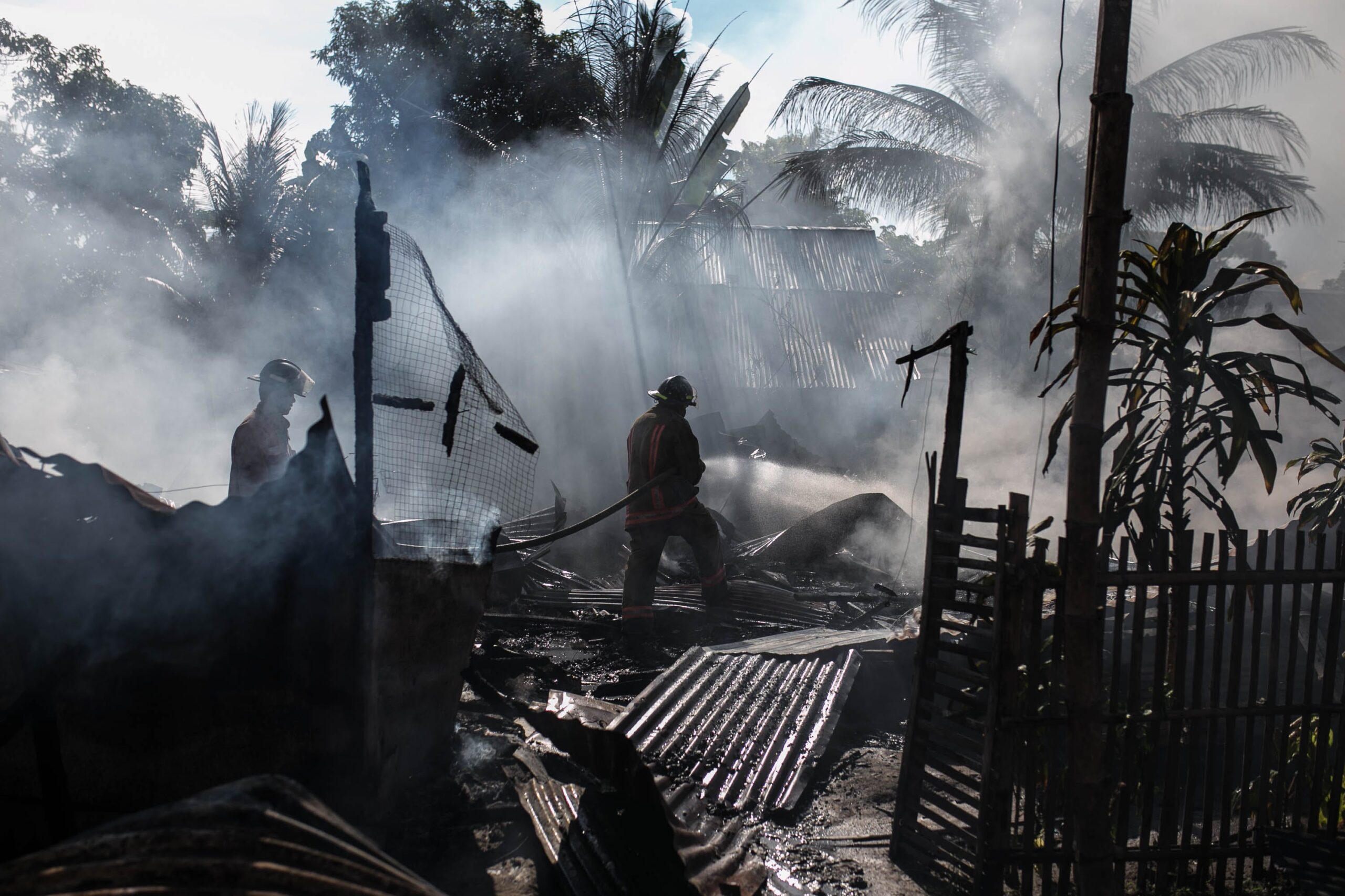In Australia, the escalating frequency and severity of natural disasters pose a growing threat to businesses. Recognising the need for comprehensive disaster preparation, we outline a strategic three-step approach, that involves understanding the risks, planning for the worst, and proactively preparing. By following these three steps, businesses can ensure they’re as prepared as they can be to face the immediate dangers of natural disasters and navigate any flow-on impacts and damages.
Understand the risks
All businesses encounter certain inherent risks, while others are contingent upon specific factors unique to your situation. These variables may include the nature of your business, the size of your workforce, and the geographical location of your operations.
To minimise your risks, you first need to understand what they are. Several disaster risks pose potential threats to (nearly) all businesses. These include natural disasters such as earthquakes, floods, storms, and bushfires. Your risk level for these and other unforeseen events will depend on the variables mentioned above — the nature of your business, the size of your workforce, and your business location. For example, operating in an area near bushland or forests increases your risk of facing bushfires. If you’re in a low-lying area or an area known for excessive rain, your flood risk will be higher.
Effectively identifying, assessing, and mitigating these risks is crucial for ensuring the resilience and continuity of any business.
Questions to consider when assessing your disaster risks:
- Is my business situated in an area that makes it prone to disasters such as floods, bushfires, earthquakes, storms, or coastal erosion?
- If a disaster was to occur, what level of impact would it have on business operations?
- Could my workforce safely evacuate promptly?
- Could my workforce reach the business location in the aftermath of a disaster?
Recognising the specific risks associated with your business environment is the first step for minimising vulnerabilities.
Create an action plan
Creating a comprehensive action plan to address a potential disaster is essential for ensuring a swift and effective response. Establishing clear communication channels within the team is crucial, outlining roles and responsibilities during emergencies. However, try to share the responsibilities across the whole team, to avoid relying on one key person in the event of an emergency. The plan should include things like enforcing protective measures, such as placing sandbags or covering windows, a detailed outline of the evacuation procedure, and logistical information regarding securing valuable assets and inventory.
Be sure to include this action plan as part of your onboarding process so all new staff are familiar with the procedures. Regular drills and training sessions can help familiarise the team with the action plan, ensuring a coordinated and timely execution in the event of a disaster. Periodic reviews of the plan allow for necessary adjustments to align with evolving circumstances, ensuring that the business remains resilient and adaptable in the face of unforeseen challenges.
Prepare for the worst
Armed with a comprehensive understanding of potential risks and a well-crafted action plan, the next step is proactive risk reduction. Take charge by getting everything in order, including backing up essential data, installing safety measures such as fire suppression systems, maintaining the physical integrity of your property, and purchasing any required personal protective equipment and first aid equipment.
A vital component of proactive preparation involves creating an emergency essentials kit including important documents and assets. This could include things like taxation documents, certificates or licences, emergency contact information of your workforce, or financial documents (including insurance details). Your essential paperwork can be kept in a folder ready to grab in the case of a disaster, don’t forget to include any important portable electronic devices in your kit if you must evacuate.
It’s also a good idea to prepare an emergency communications strategy to keep stakeholders informed and reassured during turbulent times. For the sake of your business, it’s essential to communicate with customers, suppliers, and any other stakeholders to set their expectations regarding the continuity or disruption of your service.
Finally, don’t overlook the importance of insurance tailored to your business needs. No amount of proactive preparation can completely stop a disaster from striking, which is why it’s important to consider insurance — which acts as a financial safety net — in the event of unforeseen circumstances. This approach ensures that your business is proactively prepared for emergencies, but also well-positioned to navigate any interruptions or damage with resilience and adaptability.
We’re here to help
To ensure you’re covered for specific risks, it’s essential to review your insurance products. If you’d like a professional insurance review, please get in touch with us today.


